Website sections:
Current section's content:
- Overview of IT Project Management
- Leadership, Management and Development: Theory
- Leadership, Management and Development: Personal Experience
- Who Should Manage IT Projects, Subject Matter Experts or IT Professionals?
- Optimization Management: Quality, Cost and Schedule
- IT Project Problem Areas
- Running IT Projects Like Small Businesses
- Working with Offshore Partners: Opportunities, Challenges, Cultural Issues

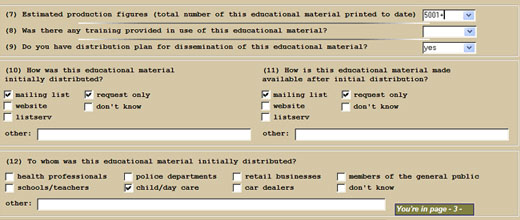
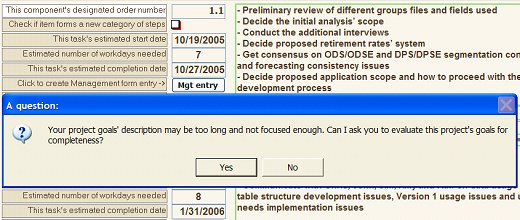

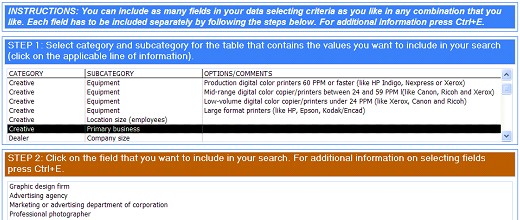
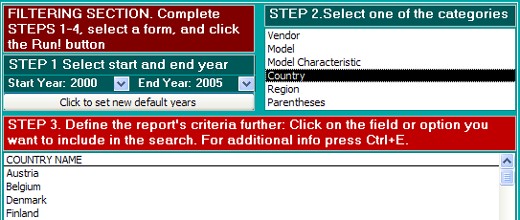

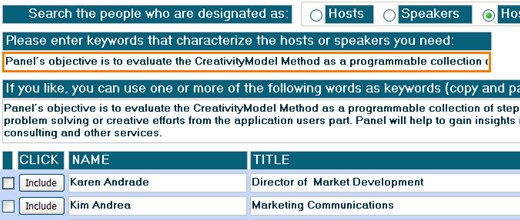
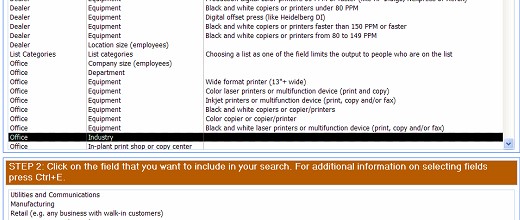
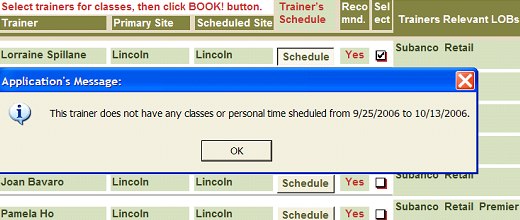
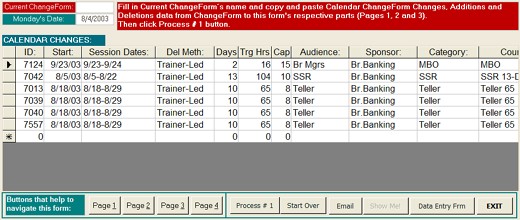
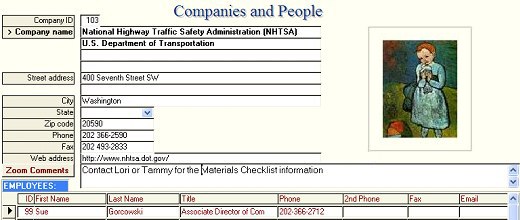
IT Project Problem Areas
Below is a list of most common customized computer application development project problem areas.
- Lack of end users needs and wants research, poor implementation of the information collected during such research, or poorly selected end user representative or representative group.
- Lack of such collaboration with the end users during the programming and application development stage or the testing stage that produces actual end user (or end user representative) feedback on newly developed application parts, or poor implementation of the feedback collected.
- Poorly devised and/or implemented project development plan, lack of clear objectives and non-existent or ineffective ROI analysis.
- Lack of management commitment - this includes user group management commitment, and departmental and company management commitment of people's time and other resources, including financial resources.
- Lack of understanding of the resources needed. If the objective is to establish a realistic timeframe and budget for the project, then the analysis and planning stage must be sufficiently thorough. During this stage the application's future users needs and wants are investigated and, based on the results, project plan is put together. The resources needed (including time, that is, the length of the project) should be estimated only after the detailed plan has been put together. If the analysis performed and the development plans for the different parts of the project are sufficiently thorough, the resources needs can be estimated relatively accurately.
- It is usually unrealistic to expect that everything is foreseen, and it may be inefficient to do initial analysis that considers every single detail. So, the estimate should contain sufficient resource reserve as a buffer for the unexpected, and the project developer should be able to use that resource reserve on as needed bases.

